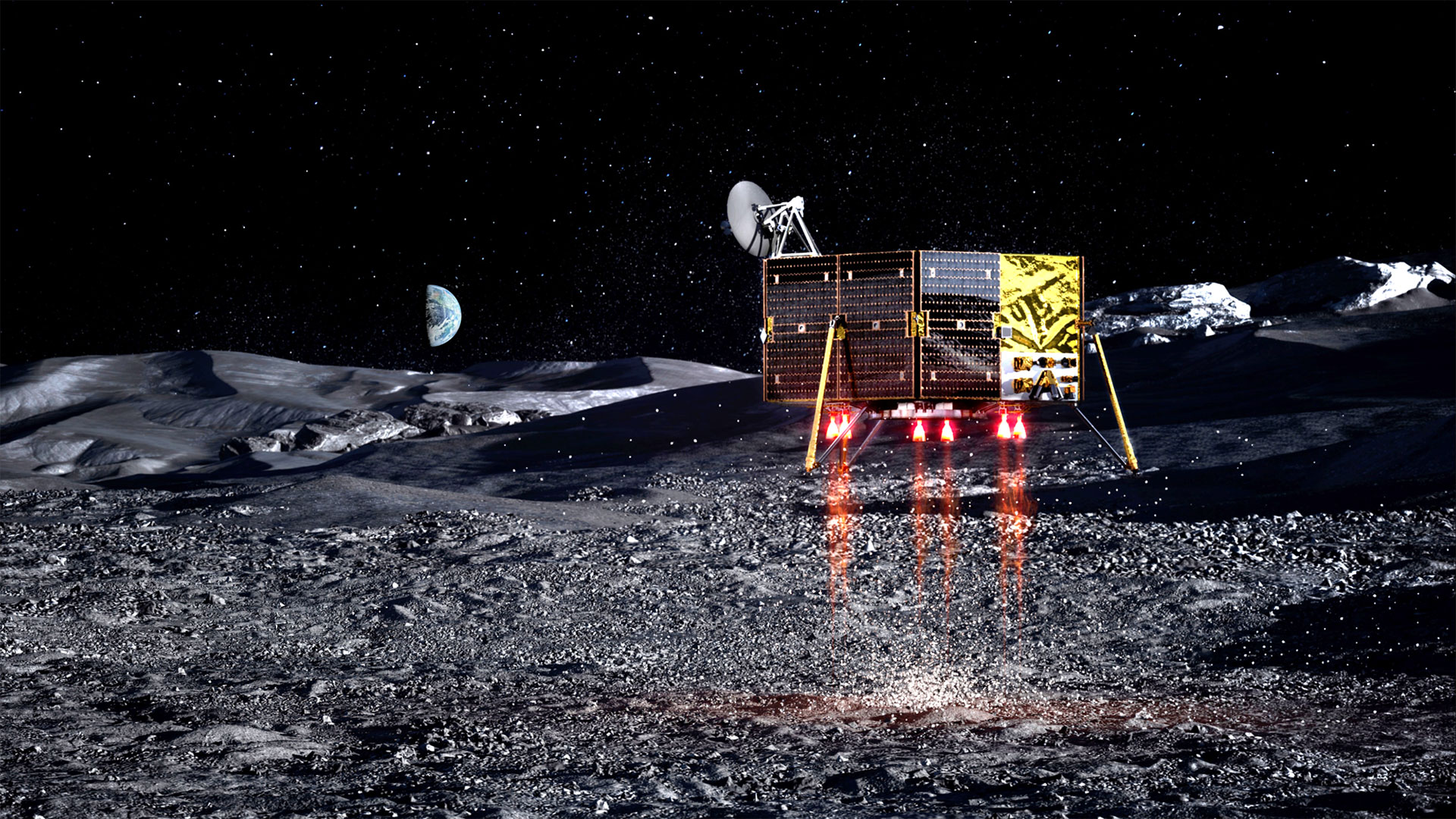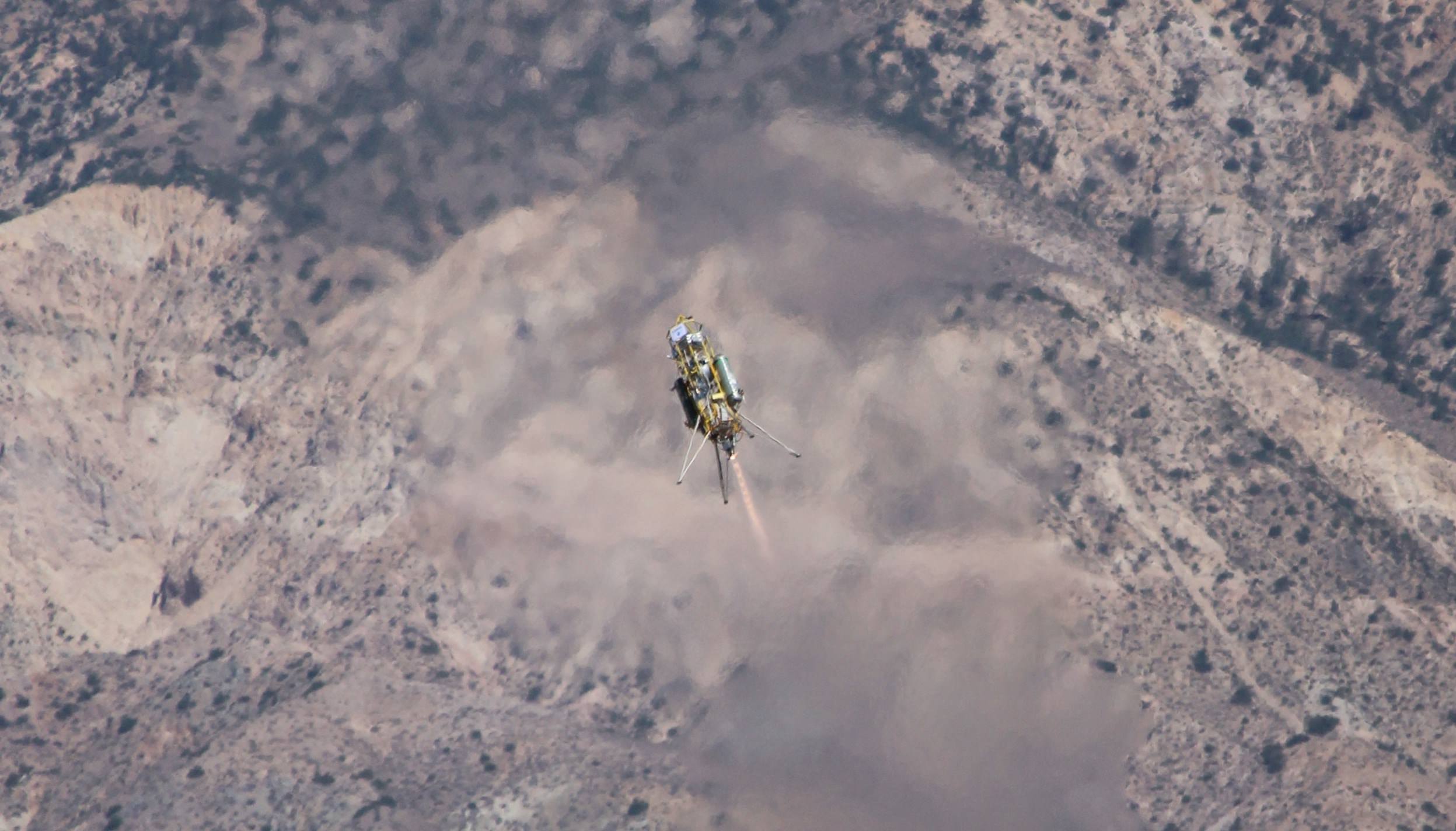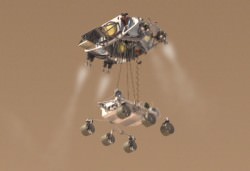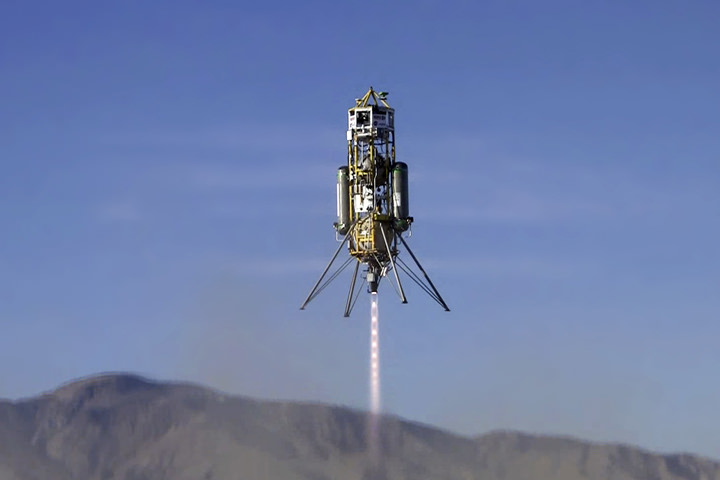If you’re a fan of the commercial space industry (aka. NewSpace), then the name Masten Space Systems is sure to ring a bell. For years, this California-based aerospace company has been developing delivery systems to accommodate payloads to the Moon, Mars, and beyond. This included Xoie, the lander concept that won the $1 million Northrop Grumman Lunar X-Prize in 2009, their Xombie and Xodiac reusable terrestrial landers, and the in-Flight Alumina Spray Technique (FAST) that would allow lunar landers to create their own landing pads.
But perhaps their biggest feat was the Xelene Lunar Lander (XL-1) that they developed in partnership with the NASA Lunar CATALYST program. This lander was one of several robotic systems enlisted by NASA to deliver cargo to the Moon in support of the Artemis Program. This included the Masten-1 mission, which was scheduled to land a payload Moon’s southern polar region in 2023. The company was scheduled to make a second delivery (Masten-2) by 2024, one year before the first Artemis astronauts arrived. But according to a statement issued on July 28th, the company has filed for Chapter 11 and is bankrupt!
Continue reading “Masten Space is Building a Lunar Lander for NASA. Also, They Just Filed for Bankruptcy”



